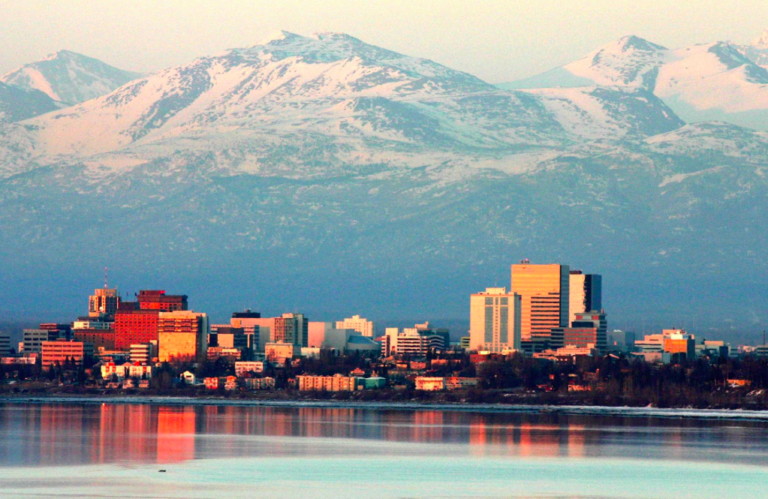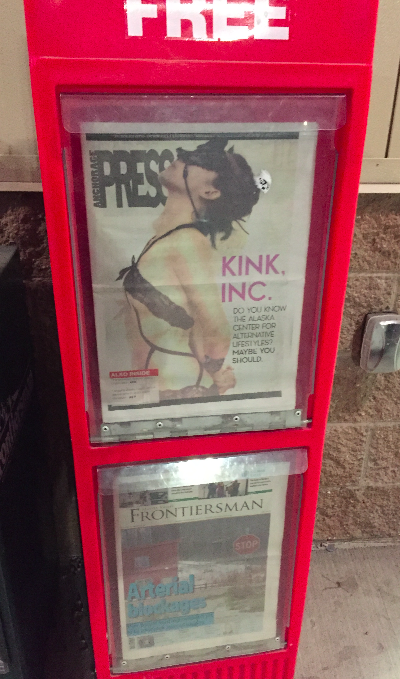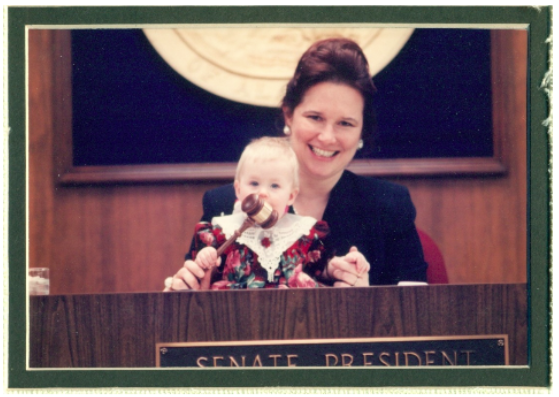Oops! They did it again.
On Tuesday evening, the “Taxing Nine” on the Anchorage Assembly approved a $521 million operating budget for the coming fiscal year. For the third year in a row, it’s the largest budget in Anchorage history, and it’s $1 million more than Mayor Ethan Berkowitz asked for.
And yet, Berkowitz told KTVA reporter Liz Raines that property taxes are going down, by an average of $300-$400 for the average homeowner.
How does a higher budget and lower taxes work, math-wise?
For one thing, while homeowners will get some property tax relief, a new municipal gasoline tax is going to take money out of their other pocket. Also, businesses don’t get a $125,000 homeowner basic exemption, so their taxes will go up, and they’ll pass the increased costs along to their customers.
In fact, if there was truth in budgeting, the budget would be explained as $531 million. That’s because the Assembly earlier this fall allowed Mayor Ethan Berkowitz to put city land up for collateral and borrow $10 million to pay down pension obligations. The $10 million that would have been spent on those pension obligations has been shifted in the budget. The debt service on that loan, some $6 million, won’t be paid until Berkowitz is long out of office.
This is the third big budget for Berkowitz. Former Mayor Dan Sullivan’s final budget in 2015 was $471.4 million, lower than his 2014 budget of $476.7 million.
To compare, the similarly sized city of Cincinnati, Ohio has an operating budget of $388 million.
Assembly member Amy Demboski voted against the budget, as did Fred Dyson. But the Assembly is majority liberal, and they prevailed, just as they prevailed in voting to borrow the $10 million last month.
“In reality this is a $531 million budget because they are kicking $10 million in pension liabilities, which are typically accounted for in the budget, to 2019,” Demboski said.
“If you don’t want to live within your means what do you do? Pull a Berkowitz: defer payments on debt, increase pay for employees, create a new parks supervisor position at $110,000, fight to protect $900,000 in flowers and beautification projects, and reject the opportunity to privatize snow plowing, which would have saved $2.5 million,” she said.
The budget contains $500,000 to address more of Berkowitz’ homeless programs, and $170,000 to clear homeless camps. Another $50,000 is going to a clean-syringe access program.
Assembly member Felix Rivera, a Democrat who moved to Anchorage in 2010, and won his Assembly seat this year, defended the budget: “This budget really is a reflection of who we are as a city, and who we want to be, and our priorities are pretty clear — public safety No. 1, combating homelessness, and doing everything we can to help the people on the edge, like providing significant property tax relief.”
Americans for Prosperity Alaska released the following statement: “The largest budget ever enacted in Anchorage history, incorporates a 10-cent-per-gallon gas tax that will increase the burden on residents by $11.7 million in the first year.”
AFP-Alaska has been running digital ads urging Anchorage residents to contact the Mayor and Assembly urging them to vote down the proposed 2018 budget.
“In 2015, Mayor Berkowitz tried to weaken the tax cap but was stopped by voters. The following year he suspended the spending cap, allowing for the largest budgets in Anchorage history,” said AFP-Alaska State Director Jeremy Price. “Mayor Berkowitz should be more focused on finding ways for Anchorage residents to keep their money, instead of finding ways to spend it. The pace at which local government continues to spend is alarming and our elected officials should be held accountable.”








